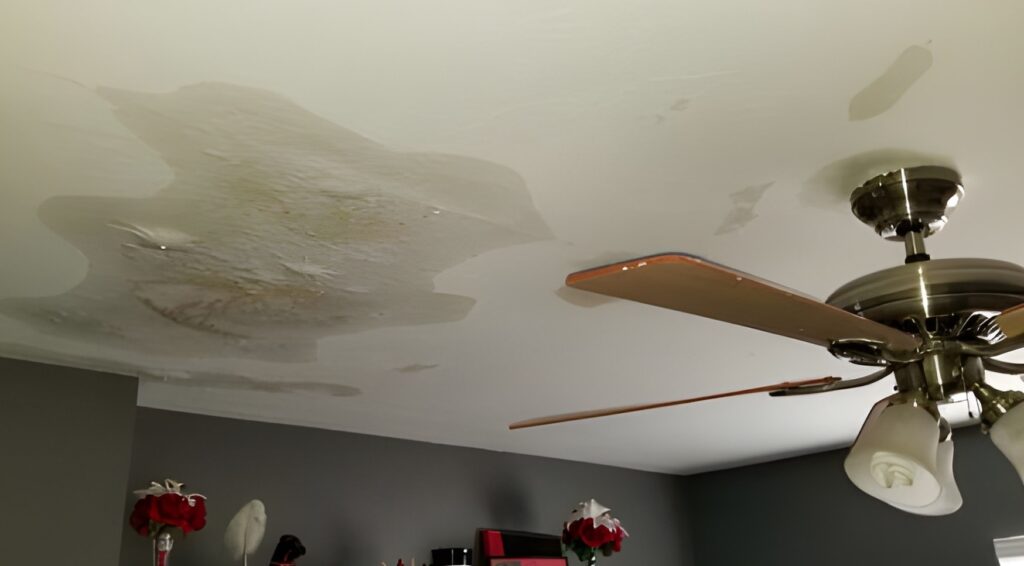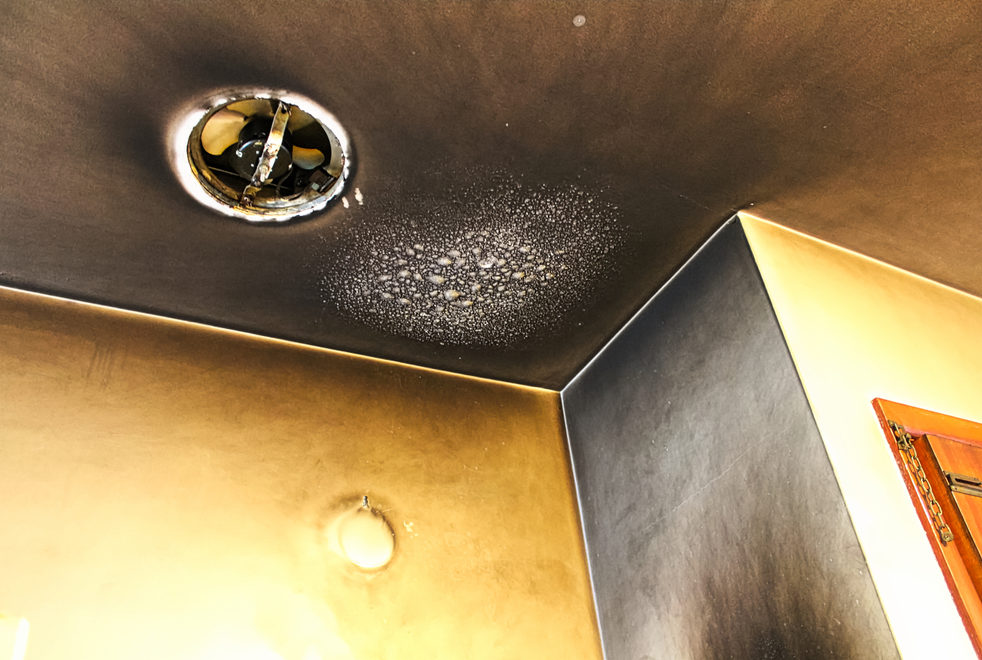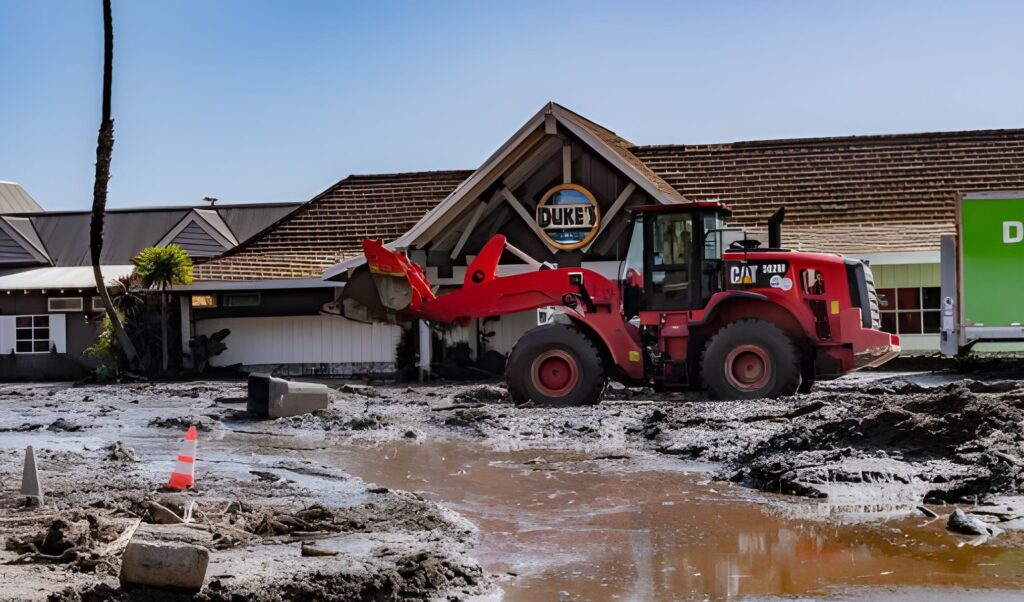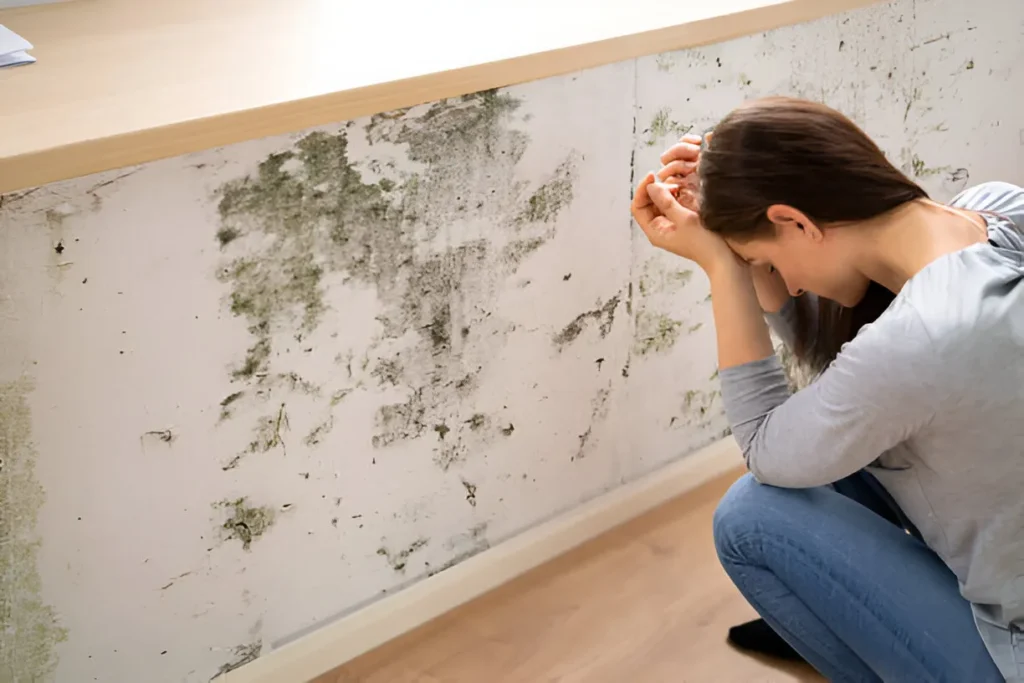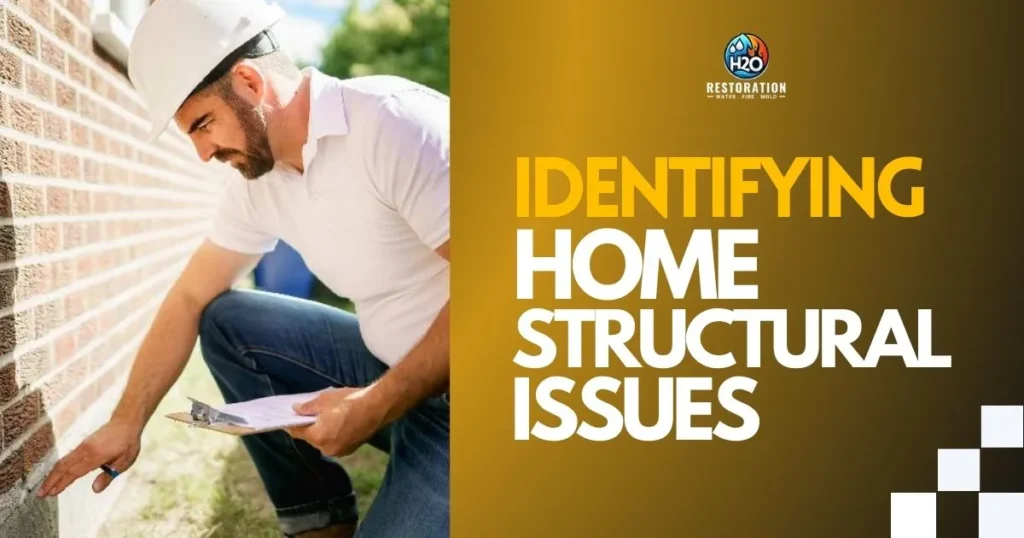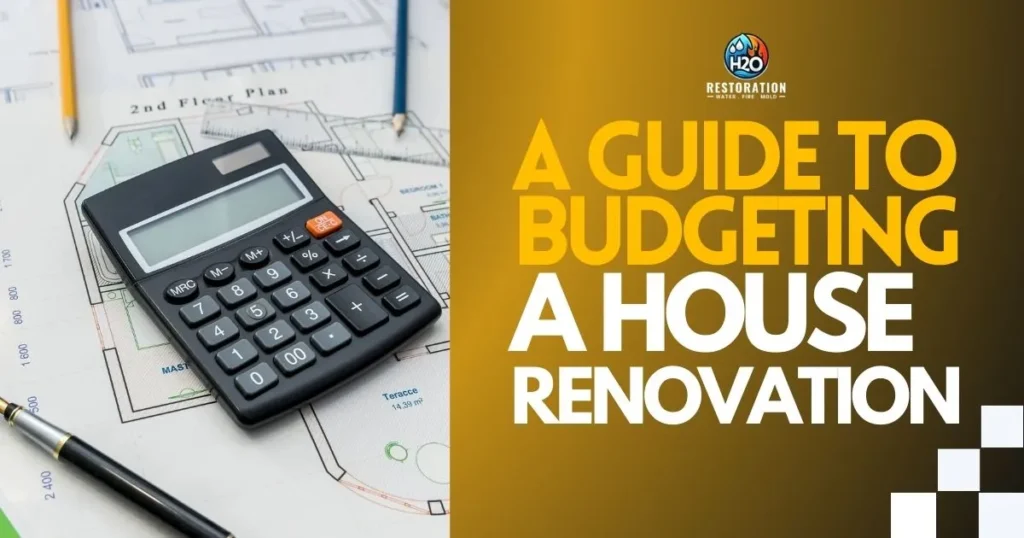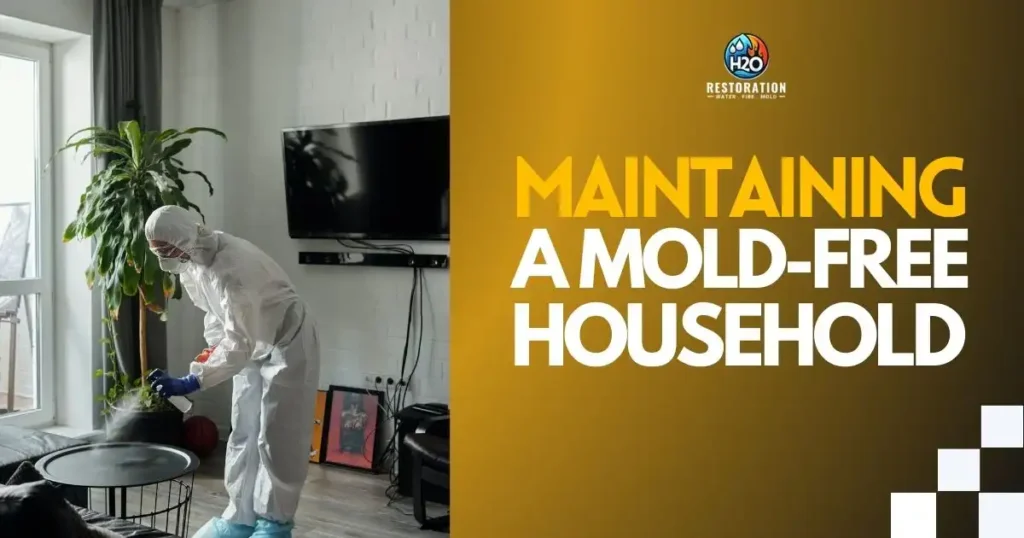24/7 Emergency Water Damage Cleanup: Quick, Expert Restoration in Cincinnati
Water damage can strike unexpectedly at any hour, causing severe damage to homes and businesses. Immediate cleanup and restoration are crucial to prevent costly repairs and health risks. Serving Cincinnati and nearby areas, H2O Restoration offers around-the-clock 24/7 emergency water damage cleanup services to swiftly mitigate damage and restore your property. Why Choose 24/7 Emergency Water Damage Cleanup? Water spreads fast, soaking floors, walls, furniture, and personal belongings within minutes. The longer water sits, the higher the chance of: A fast professional response halts this progression. H2O Restoration guarantees response within 60 minutes of your call, ready to extract water, dry affected areas, and disinfect to prevent mold and bacteria. Our Full-Service Restoration Process Why Local Matters: Restoration Company Near Me Searching for “restoration company near me” or “water damage restoration company near me” brings the best results when local expertise matters most. H2O Restoration is based in Cincinnati, serving neighboring communities with: Water Extraction Company You Can Trust Water extraction is the critical first step in emergency water damage restoration. Using industrial-grade equipment, our water extraction company hits the ground running to remove moisture from carpets, furniture, walls, and flooring. This quick action limits damage and speeds up drying. After cleanup, homeowners and businesses can benefit from: Why Waiting Worse the Situation Water damage with delayed cleanup leads to extensive reconstruction costs and potential health risks. Immediate professional attention can save thousands in repairs and keep families and employees safe. Contact H2O Restoration for 24/7 Emergency Water Damage Cleanup Don’t wait when water damage strikes. Call H2O Restoration at (513) 909-6540 for immediate help from Cincinnati’s trusted 24/7 emergency water damage cleanup experts. We offer free estimates, fully transparent communication, and expert care to restore your property quickly and effectively. Water emergencies can strike anytime, causing extensive damage if not addressed immediately. Whether it’s a burst pipe, flooding, or leak, quick action is crucial to minimize losses. H2O Restoration offers 24/7 emergency water damage cleanup services throughout Cincinnati and nearby areas, responding within 60 minutes to start water extraction and restoration fast. Why Immediate Water Damage Cleanup Matters Water spreads rapidly, saturating floors, walls, furniture, and personal belongings. Prolonged exposure leads to: A prompt professional response reduces repairs, prevents health risks, and restores comfort quickly. Our Emergency Water Damage Restoration Process Finding a Trusted Restoration Company Near You Search for “restoration company near me” or “water damage restoration company near me” to find local experts. H2O Restoration’s certified technicians serve Cincinnati and surrounding communities with rapid response, insurance coordination, and thorough care. Why Choose Our Water Extraction Company Fast, efficient water extraction is key to saving your property. Our team uses advanced equipment to remove water from carpets, walls, and even hard-to-reach spaces, limiting damage and speeding drying time. Additional Services to Protect Your Property Consider mold inspections, HVAC duct cleaning, and fire damage restoration as complementary solutions after water cleanup to ensure a fully safe and clean environment. Don’t Delay—Call H2O Restoration Now Water damage worsens quickly. Contact H2O Restoration at (513) 909-6540 anytime for immediate 24/7 emergency water damage cleanup services in Cincinnati. We provide free estimates and work directly with insurers to ease your recovery.

